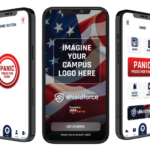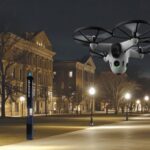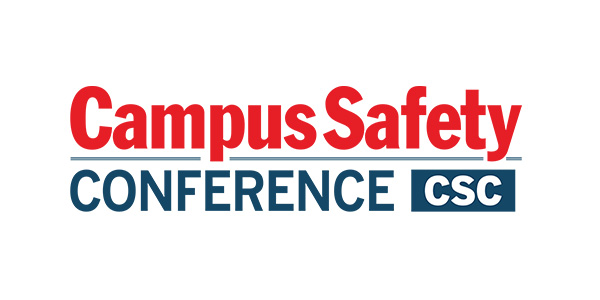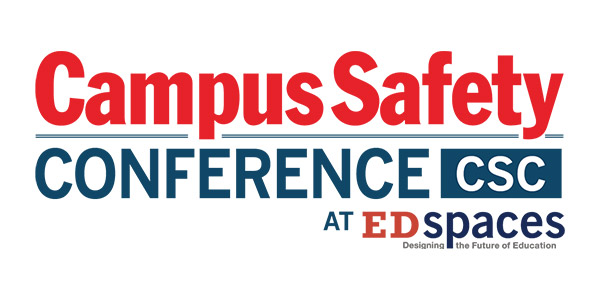The following is a press release from Inova Solutions, a mass notification company, which presents best-practice techniques that campuses should use when deploying mass-notification solutions.
Emergency Response Strategy
The rise in campus violence across the country has resulted in both the desire and mandated legislation for universities and colleges to develop emergency notification plans.
Higher education and law enforcement communities are united in their commitment to create a more secure environment by having the proper notification tools in place. Size, type and geography of a campus will determine the needs for each organization, but some core principles should always be considered.
The first requirement of any notification system is to effectively communicate vital information instantly. Since these campus emergency response strategies are still in the early stages of development, some of the first methods involved sirens, e-mail messages and text messages to cell phones. But this mix contained notable gaps and limitations that do not provide a holistic solution:
- Most cell phone towers are ill-equipped to handle the incoming and outgoing communication traffic often involved with an emergency situation. In some cases, a spike in demand on the wireless communication infrastructure can delay message transmission times from seven minutes to well over 100 minutes.
- There are many locations, especially in the larger buildings on campus, where cell coverage is weak or use is prohibited.
- Many college students only read messages sent from close friends. System-generated emergency messages may be overlooked for hours before being read.
- Explosions can cause temporary deafness, while smoke and dust can restrict visibility.
To fill these gaps and move toward a holistic solution, public safety officers in many sectors are implementing visual alerting solutions as part of their communication mix; these solutions are now attracting the attention of the higher education.
“Smart LEDs” in Transportation
In the Washington, D.C., area, tens of thousands of citizens rely on the Metro for a safe, expedited commute to work. Smart LEDs hang in each Metro station, visible from more than 100 feet away, alerting passengers of delays and status of approaching trains. As a train enters the boarding area, messages flash, accompanied by a strobe effect on the ground and an audible tone to alert hearing or sight impaired riders when trains arrive.
On 9/11, as smoke and noxious fumes filled the Metro tunnel from the Pentagon fires, smart LEDs carried a special message to inform passengers and staff of the situation and divert them from harm’s way. Pre-programmed and ad hoc messaging was supported across the networked LEDs, delivered in real-time to thousands of commuters. In the following days, officials learned that this system was one of the only working, useful passenger notification systems between Washington and New York.
Visual Alerting at Colleges and Universities
Redundancy and reliability are two necessary attributes of a comprehensive mass notification system on college campuses. Best practices indicate that a mixed media approach will ensure the most effective response. For example, supplementing audio announcements with visual alerts is an important step toward creating a complete program for mass notification.
As the demand for improved preparedness outpaces the funding and grants available for this type of solution, administrators are looking for value-added investments that serve a practical day-to-day purpose in addition to an emergency communication solution.
Smart LEDs contain three levels of display priority. On a daily basis, when there is no important message to communicate, the devices default to a synchronized time and date display. Medium priority level messages, such as bus schedule announcements or event reminders override this time and date display when necessary.
The highest level of priority overrides all other messaging and prominently displays the emergency notification message. This ultimate functionality may become necessary in the case of severe weather, an intruder on campus, or a number of other unexpected emergency situations.
Smart LEDs are “green” devices, utilizing cutting-edge Power over the Ethernet (PoE) technology to minimize the wattage used to power the display. Therefore, the money saved on operating the system alone becomes substantial over time.
Best practices in mass notification call for a holistic approach with multiple tiers of communication technologies in an emergency situation. The visual alerts available with smart LEDs strategically placed in high traffic and gathering areas is a fundamental part of effectively communicating vital information instantly. With the right technology mix, emergency management personnel can save time and save lives while leveraging components of the solution for practical daily use and earning a valuable return on investment.
Berkly Trumbo is the Director of Emergency Communication Systems for Inova Solutions, an industry-leading provider of real-time communication solutions. For more information, visit www.inovasolutions.com or contact Berkly at [email protected] or 434.951.8154.
Inova Solutions press release
To subscribe to Campus Safety magazine, click here.












